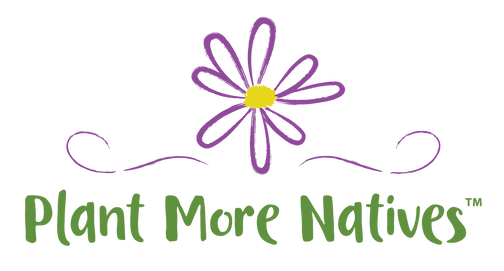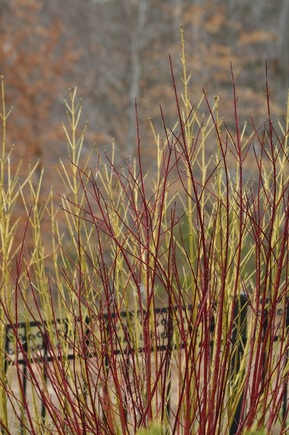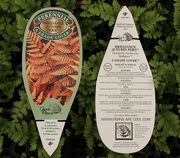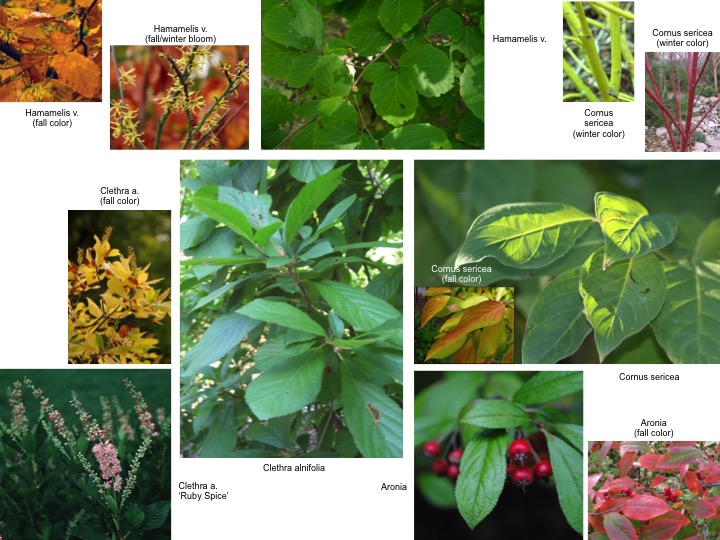Fast forward... you are at the nursery or online for the first time this year. Your heart rate is picking up speed as you consider the gorgeous vignette you're about to create. This is it! The moment of truth and then you start thinking... these plants are so gosh-darn expensive and, oh boy, I might make a mistake. Panic sets in and you're just a little overwhelmed. You wander aimlessly and give up without making a decision or revert to impulsive shopping... love that one, gotta have it. Here are few tips to help ensure growing and design success...
2. Understand the mature size of the plant. The words "dwarf", "little", and "compact" are relative terms. The plant may be compact relative to other plants within the same genus species. A 4-foot "dwarf" shrub is a big shrub and may be too big for the spot you have in mind. Visualizing the height of the plant relative to your body helps when choosing the right plant for the right spot (i.e. knee=18", hip=3', chest=4', nose=5', etc). If you only have a 2-foot high space under a foundation window, buy a plant that matures at two feet or shorter. 3. Use your photos and/or pull plants together. Yes, literally, pick them up and place them next to one another. If shopping online, create a collage of Google Images with your photos. I do this all the time for my clients, and I make last minute changes to my designs all the time. Sometimes, the plant combinations we've worked out in our heads just don't work in real time. We maximize our chances for design success by creating the combination in the nursery or on the screen before we buy. Next time we'll begin to take a look at my favorite native plants in the field. Until then...
|
Welcome to my journal. For over 20 years I've created original landscape plans to help homeowners increase property value and really enjoy their yards. I approach every project as an unique opportunity to develop a work of living art, one that will require minimal care and age beautifully with time. In this journal, I will share some of my field experiences and tricks of the trade with you. Feel free to email questions. Thanks for visiting.
Archives
February 2019
|






